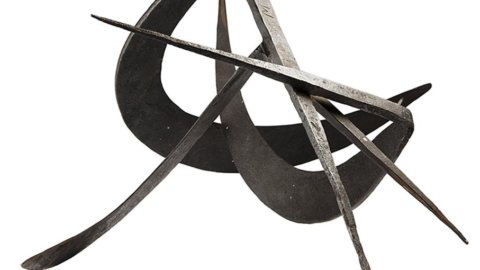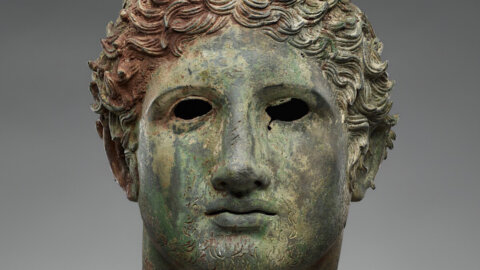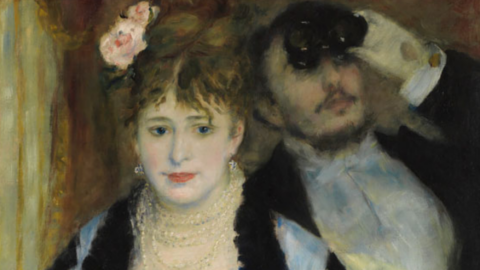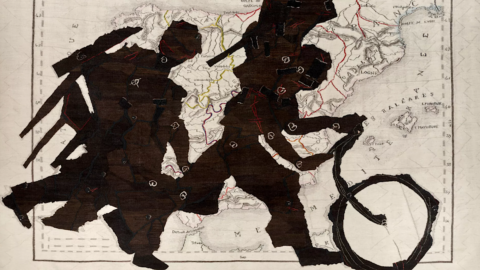Il painted, signed and dated in full and in perfect condition, it has been absent from the market for over thirty years.
To date, only two of the author's works could boast such an extensive format and therefore the work is a vital addition to the author's catalogue.
The thin oak board on which the work was created has a layer of protective bitumen dating back to the creation of the painting itself and present only in some particularly important works by the author and created in the 30s.
The eminent expert Ursula Haerting, who was able to study the painting in detail live, believed she could establish how terminus post quem for the use by the author of this special batch of wood, 1635, the year to which the work is dated Hercules at the crossroads (the largest known painting by the author today). Term that is officially pushed back to 1631, thanks to the painting in question. In fact, the scholar underlines the stylistic and qualitative commonality of the two works, uniting them in turn with another large-format panel, recently transited on the French market (Crossing the Red Sea, Drouot, ///). Between 1631 and 1635, Francken II would have dedicated himself to the creation of a series of important large-format works, entirely created without the help of other artists and closely linked to his path of professional affirmation as a top-level artist in the art scene. 'Antwerp from the beginning of the 600s.
Over sixty different characters populate the scene, each characterized in a different way. The great ability to infuse such a varied theatricality into the figures derives from the keen interest that the author cultivated for the world of theater and classical rhetoric. Beyond the boundless multitude of people, two cities can be seen, on both opposite shores of the lake. In these, the houses and bell towers refer to Antwerp, suggesting an up-to-date reading of the subject, with the aim of binding even more the faithful of the time with the painted image and its content.
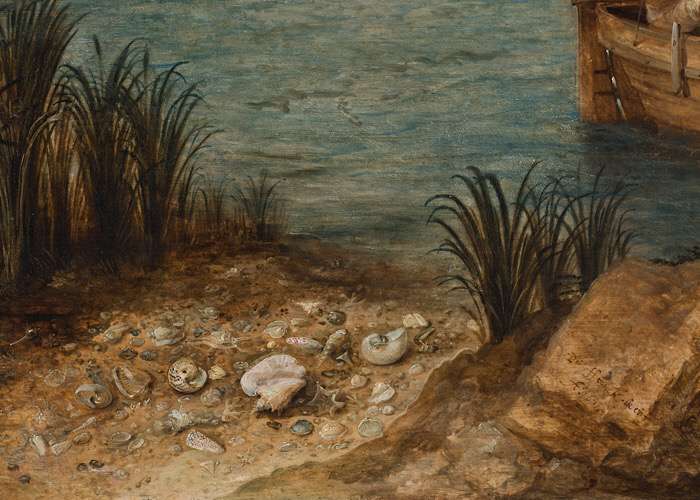
"Picture within the picture" is the passage dedicated to more than twenty different species of shells, present on the left, in which some precise species can be recognized: the murex pectens (Comb of Venus) and the famous Nautilus pompilius (Nautilus). The commission - which is not excluded from the public, given the large format - could be linked to the Spanish administration of Flanders during the 600s.
What is certain, however, is the relative rarity of the subject treated. The Preaching on Lake Tiberias (o Genezareth, or again Sea of Galilee) is a subject that is not very widespread in general and which includes few precedents in Flemish painting, all quite close in chronological terms. From the hawser wrapped around the main mast of the boat, to the four hares hidden in the upper right corner, from the embroideries on the pilgrim's saddlebag in the foreground, to the touches of light on the hilt of a sword, fromunderdrawing that it is possible to see in the two women on the extreme right, in the imperceptible final veiling on the water to convey the sense of atmospheric humidity, every detail composes a triumphal story, making the work an undoubted masterpiece of 600th century Flemish painting.
Frans Francken II, Jesus preaching on Lake Tiberias Oil on panel, 84×170 cm, work signed in full and dated 1631.

